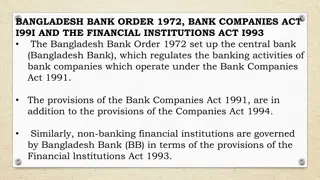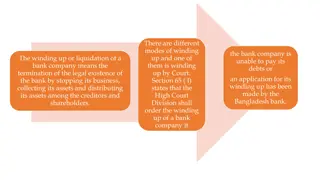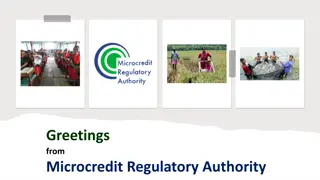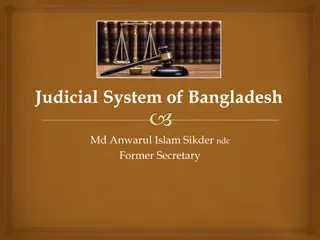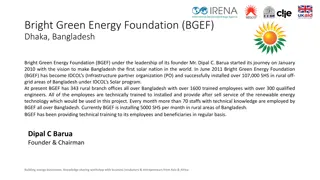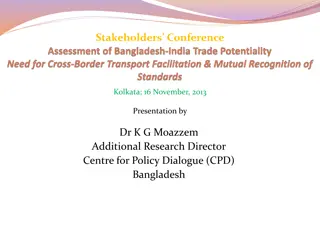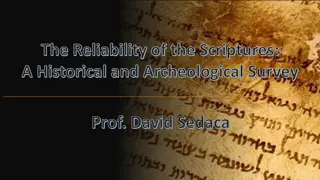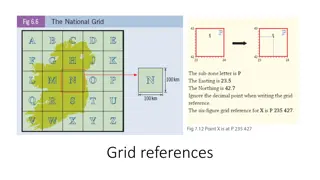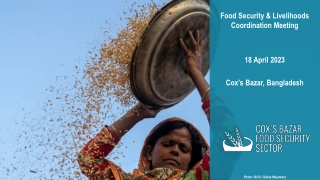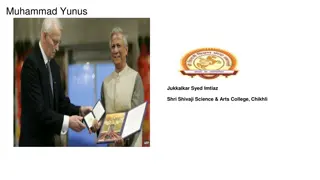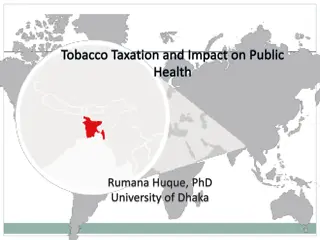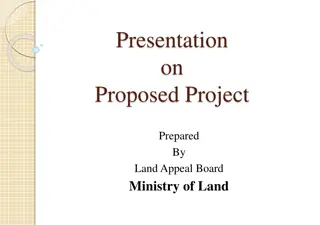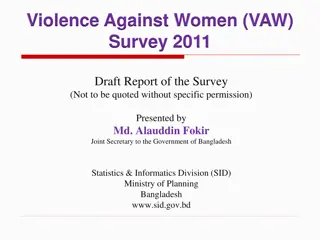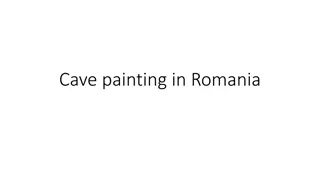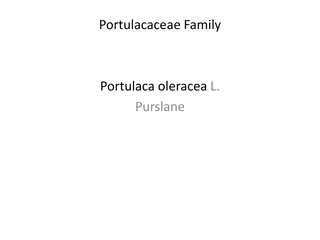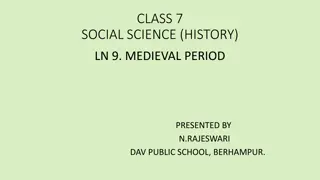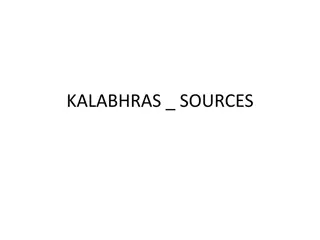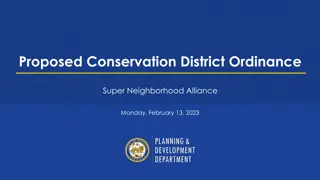The Archaeological Site of Paharpur in Bangladesh
Paharpur, an important archaeological site in Bangladesh, is home to a lofty ancient temple situated on a hill. The site has been excavated multiple times by archaeologists, revealing significant historical remnants. The ruins of a square tower were discovered, and the site was declared protected under the Ancient Monuments Preservation Act. Systematic excavations began in the early 1900s under various organizations, shedding light on the rich history of Paharpur.
Download Presentation

Please find below an Image/Link to download the presentation.
The content on the website is provided AS IS for your information and personal use only. It may not be sold, licensed, or shared on other websites without obtaining consent from the author. Download presentation by click this link. If you encounter any issues during the download, it is possible that the publisher has removed the file from their server.
E N D
Presentation Transcript
Look at the following picture. This is a very famous archeological site of Bangladesh Can anyone tell the name of this site.
So, our todays lesson is --- The Somapura Mahavihara Unit- 8, Lesson - 2
Group Work B Match the words with their meanings. Words archaeological excavate lofty extensive systematic debris devout Meanings rubbles/wreckage widespread ancient cultural remains pious uncover something with difficulty grand done methodically
Lets read the text silently. Paharpur is an important archaeological site situated in a village named Paharpur in Naogaon district of northern Bangladesh. Naogoan is mainly plain land but in the middle of it stood a hill covered with jungle. When the jungle was cleared and the hill excavated, there emerged a lofty ruin of an ancient temple. The temple is about 24 metre high from the surrounding level. Pahar means hill. Hence is the name Paharpur.
The Paharpur site has been excavated and re-excavated a number of times by archaeologists. Sir Alexander visited the place in 1879. Cunningham intended to carry out an extensive excavation but was prevented by the land owner. Nevertheless, he was satisfied with whatever excavation he was permitted to carry on.
He discovered the ruins of a square tower of 22 feet side with a projection in the middle of each side from the top of the central hill. The site was declared to be protected by the Archaeological Survey of India in 1919 under the Ancient Monuments Preservation Act of 1904.
Systematic and regular excavation started jointly by Archaeological Survey of India, and Varendra Research Society of Rajshahi and Kolkata ( at that time known as Calcutta) University in 1923. They excavated the south-west corner of the monastery. Next in 1925-26, R D Banerjee excavated the northern part of the central mound. From 1926-27 onward excavation was carried out under the supervision of KN Dikshit.
The Department of Archaeology of Bangladesh brought the site under further excavation after independence. The operations took place in two phases. The first phase was initiated in 1981-82 and continued to 1984-1985. The second phase was started in 1988-89 and continued to 1990-91. Pre-liberation expeditions have revealed the architectural remains of a vast Buddhist monastery, the Somapura Mahavihara. It is dominated by the central shrine, attracting immediate attention by its lofty height and unusual architectural design.
Somapura Mahavihara was one of the most famous Buddhist institutions for monks of ancient Bengal and in southern Asia. The excavated complex at Paharpur has been identified with the Somapura Mahavihara built by the second Pala king Dharmapala (781-821 AD). Some clay seals from the ruins bear the inscription Shri-SomapureShri-Dharmapaladeva-Mahavihariyarya-bhiksu- sangghasya.
The Pala rulers were devout Buddhists and they founded a number of monasteries throughout their growing empire. Some of them became great centres of learning and their reputation quickly spread throughout Asia. Somapura Mahavihara's close relationship with the ruling dynasty implied that it shared the political ups and downs of its benefactors.
Evaluation Read Text in A again and choose the correct answer. 1. Paharpur is a a) typical Bangladeshi village. c) a very small village. 2. After excavation, the archaeologists discovered a) huge a king s palace. c) Buddhist monastery. 3. How many phases of excavation of Paharpur has been mentioned in the text? a) four b) five c) six 4. What thing indicates that the site was built by the second Pala king? a) earthen seals b) ceramic seals 5. The word benefactors in the text means a) banks. b) famous businessmen. c) people with money. d) financial supporters. b) an extraordinary village. d) a village on top of a mountain. b) emperor s courtyard. d) Hindu temple. d) seven c) stone seals d) iron seals
Homework Write a paragraph on The Somapura Mahavihara


